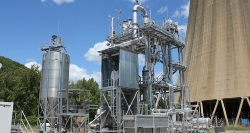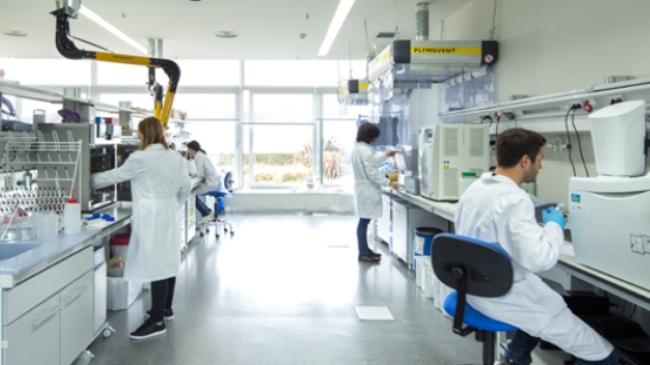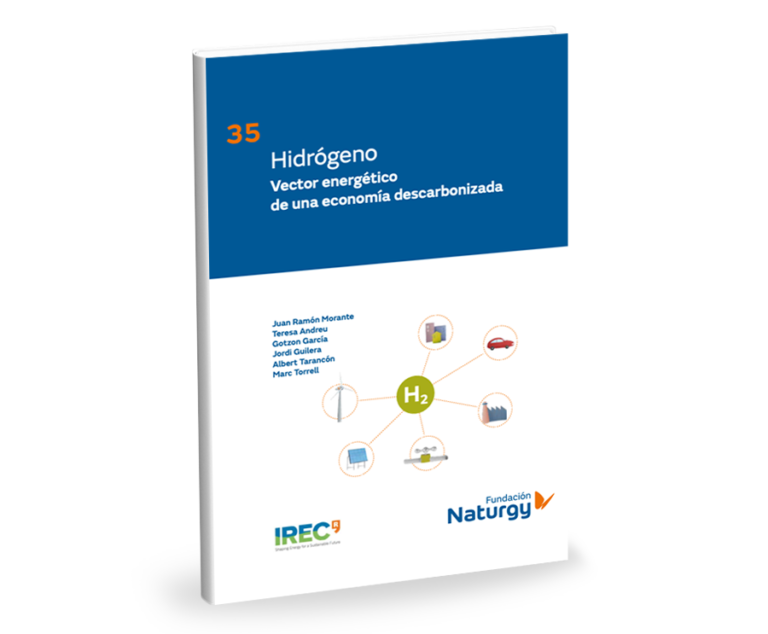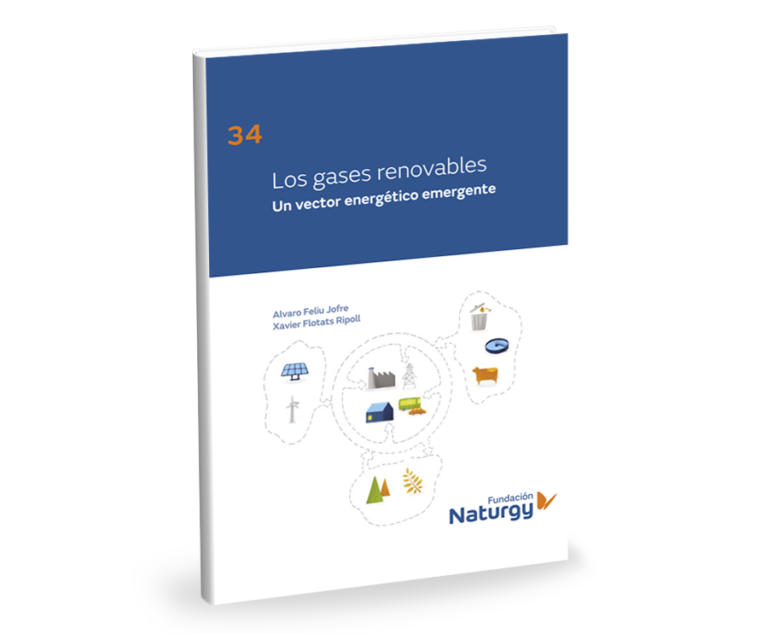Inicio / About us Naturgy / The Energy / Gas / Renewable gas
Renewable gas
Circular energy for a decarbonised future
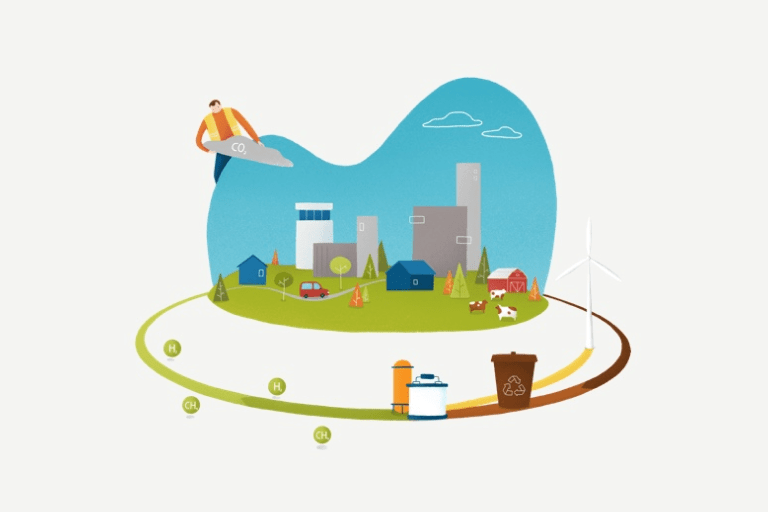
We are invested in innovative projects to develop renewable gas and inject it into the gas distribution network
Developing biomethane and green hydrogen is part of our vision of the future as a company to transform the current business model and lay the foundations to keep creating value through the energy transition.
To achieve our shared decarbonisation objectives, we must work with a mix of energy solutions that include not only speeding up electrification, but also continuous growth in renewable energy development. It is equally necessary to invest in renewable gases like biomethane and hydrogen, which will enable us to decarbonise sectors which are difficult to electrify such as the industrial heat sector and some transport applications; in Spain, it is estimated that at least 40% of CO2 emissions have no electrifiable alternative, meaning that renewable gases offer the most efficient alternative.
Renewable gas is obtained by processing urban, agricultural, livestock and food industry waste and by filtering wastewater. It is simple to inject into existing gas distribution networks and can be used in the same way as natural gas.
Benefits of renewable gases
They reduce greenhouse gas emissions by avoiding the CO2 emissions from the fuel they replace.
They reduce energy dependence on foreign sources, because they are produced domestically.
They drive the circular economy, because they contribute to the sustainable management of agricultural or livestock waste.
They create jobs and settle the population in rural areas, because biomethane is produced mainly from agricultural or livestock waste.
Find out the benefits and potential of renewable gas and our projects in this area

Our projects
Since 2014 we have been spearheading innovative projects to understand and reduce production costs and encourage the injection of renewable gases into the gas network. We believe in biomethane because of its enormous impact on the circular economy and its benefits for the environment, since it resolves the environmental problem of polluting emissions associated with waste management, which has so far been releasing gas into the atmosphere. What is more, it reuses urban waste or waste from agricultural or livestock operations and wastewater treatment plants, creating circular economy models that also benefit the waste producer. In this regard, it is important to stress that many of these plants are built far from big cities, contributing to the development of rural areas and to territorial cohesion in areas with demographic challenges.
We have pioneered biomethane development in Spain and have two plants already injecting gas into the gas network. These are the Mixed Renewable Gas Unit in A Coruña, which produces biomethane from biogas obtained during the wastewater treatment process, and the Elena plant in Cerdanyola del Vallès, which produces biomethane from biogas obtained from municipal solid waste and which has been a milestone in Spain’s energy transition with the first injection of renewable gas from landfill into the distribution network.
We also have another plant under development which we expect to start injecting into the distribution network next summer: the Vila-Sana plant on the outskirts of Lleida. In this case, the biomethane is obtained from agriculture or livestock waste, which will contribute to the development of the local economy and the circular economy.
Other projects that inject into our distribution network
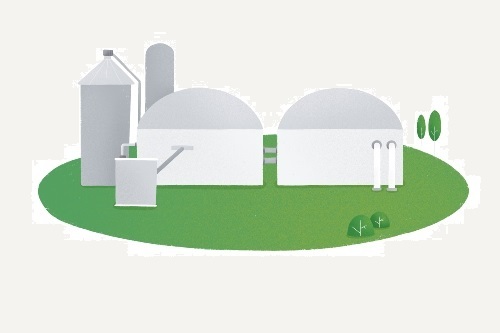
UNUE Project

Livestock waste from the Torre Santamaría farm (Balaguer, Lleida) is converted into biomethane in this plant and then injected into the network of Nedgia, our gas distributor. This project was made possible by Spain’s first long-term biomethane sale agreement, signed by Torre Santamaría with Axpo Iberia.
Other projects
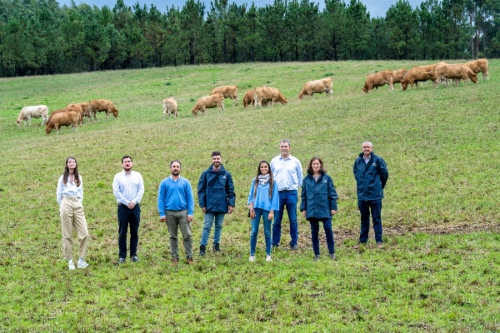
Project in Galicia with Repsol and Reganosa to transform surplus slurry (cattle, pig and poultry) and other organic waste from this Autonomous Community into biomethane, with the aim of producing renewable gas to cover 7% of demand for gas in Galicia.

Project in the Valencia Region carried out with Enagás and Genia to obtain biomethane from waste rice straw, offering a solution to the environmental problems caused when this waste is burned.
We are paying close attention to the reconversion of our coal fired thermal power plants in Just Transition areas to develop hydrogen, a clear example of how the energy transition is making it possible to generate new opportunities in areas that have been affected by the changing energy model.
One example of this is our partnership with Repsol and Reganosa to develop a renewable hydrogen hub in Galicia. The project entails installing an electrolysis plant powered with 100% renewable energy on land once occupied by the Meirama thermal power plant in the town of Cerceda (A Coruña).
In this regard, the company will work in collaboration with Enagás in León to create the largest green hydrogen plant in Spain, with the aim of producing approximately 9,000 tonnes of renewable hydrogen every year from a 400 MW photovoltaic power plant and an electrolyser with power of up to 60 MW to cover local consumption, to be injected into the gas network and possibly exported to north-western Europe in the future.
The Catalina Project, which is being developed by a consortium made up of Copenhagen Infrastructure Partners, Naturgy, Enagás, Fertiberia and Vestas is also noteworthy. Catalina is a pioneering project at a global level for the production of green hydrogen and ammonia which will connect the excellent renewable resources in Aragón with industrial consumption centres on the eastern coast of Spain through a sustainable infrastructure.
Projects announced

Renewable hydrogen hub of up to 200 MW in Meirama
Meirama Meirama will house the future Galician renewable hydrogen production hub. The project entails installing an electrolysis plant powered with 100% renewable energy on land once occupied by the Meirama thermal power plant in the town of Cerceda (A Coruña).

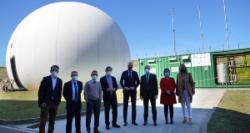
The second phase of the Renewable Gas Mixed Unit research project will be carried out on other renewable gases such as green hydrogen and bio-syngas to assess the impact they have on current infrastructures and end consumers.
